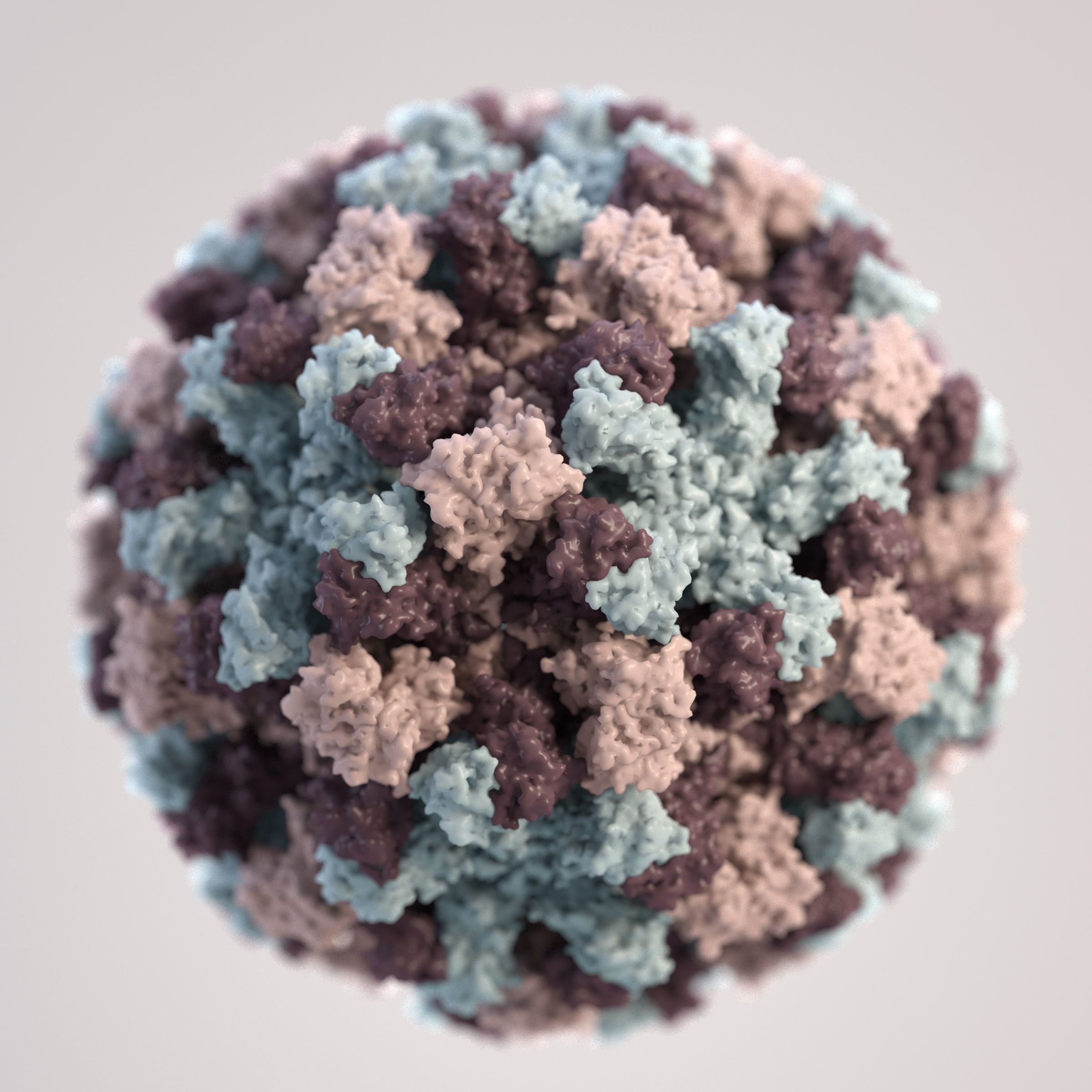The new omicron subvariant known as BA.2 has become the latest threat in the fight against COVID-19.
While evidence for its greater transmissibility already existed, there is now growing concern that the variant could also lead to higher severity of the disease.
New lab experiments from Japan show that BA.2 may have features that make it as capable of causing serious illness as older variants – including Delta, and still as evasive as old omicron cousin BA1, US Epidemiologist and health economist Eric Feigl-Ding posted on Twitter, adding that the World Health Organisation (WHO) must urgently upgrade it to the status of ‘variant of concern’.
Also Read: Omicron BA.2: All you need to know about the new subvariant
In the latest study, which is yet to be peer-reviewed, a Japanese team led by researchers from the University of Tokyo found that similar to BA.1, BA.2 subvariant of Omicron appears to largely escape the immunity induced by COVID-19 vaccines.
“Neutralisation experiments show that the vaccine-induced humoral immunity fails to function against BA.2 like BA.1,” the authors of the study said, according to a PTI report.
“Although BA.2 is considered as an Omicron variant, its genomic sequence is heavily different from BA.1, which suggests that the virological characteristics of BA.2 is different from that of BA.1,” the authors noted in the research published on the preprint repository BioRxiv.
Also Read | One nasal droplet of coronavirus can get you infected with COVID-19: Study
The researchers infected hamsters with both the subvariants of omicron and found that those infected with BA.2 got sicker and had more severe impact on their lungs.
“Our investigations using a hamster model showed that the pathogenicity of BA.2 is similar to that of an ancestral B.1.1 and higher than that of BA.1,” they said, reported PTI.
“Together with a higher effective reproduction number and pronounced immune resistance of BA.2, it is evident that the spread of BA.2 can be a serious issue for global health in the near future,” the authors added.
Also Read | South Africa’s Afrigen makes COVID-19 vaccines using Moderna sequence
BA.2 is also resistant to some treatments, including sotrovimab, the monoclonal antibody that’s currently being used against Omicron.
Kei Sato, a researcher at the University of Tokyo who conducted the study, told CNN, “As you may know, BA.2 is called ‘stealth Omicron. Establishing a method to detect BA.2 specifically would be the first thing” many countries need to do.”
Health regulatory bodies, however, are yet to designate it as a variant of concern.
Also Read | Indian scientists create new self-disinfecting, biodegradable COVID masks
Dr Rochelle Walensky, director at the US Centers for Disease Control and Prevention, said Friday, “There is no evidence that the BA.2 lineage is more severe than the BA.1 lineage. CDC continues to monitor variants that are circulating both domestically and internationally. We will continue to monitor emerging data on disease severity in humans and findings from papers like this conducted in laboratory settings.”
On Thursday, the World Health Organization (WHO) said while BA.2 is more tranmsissible than BA.1, the subvariant is not more severe.
“Among all subvariants, BA.2 is more transmissible than BA.1. However, there is no difference in terms of severity,” Maria Van Kerkhova, COVID-19 Technical Lead at WHO had noted.
(With PTI inputs)







